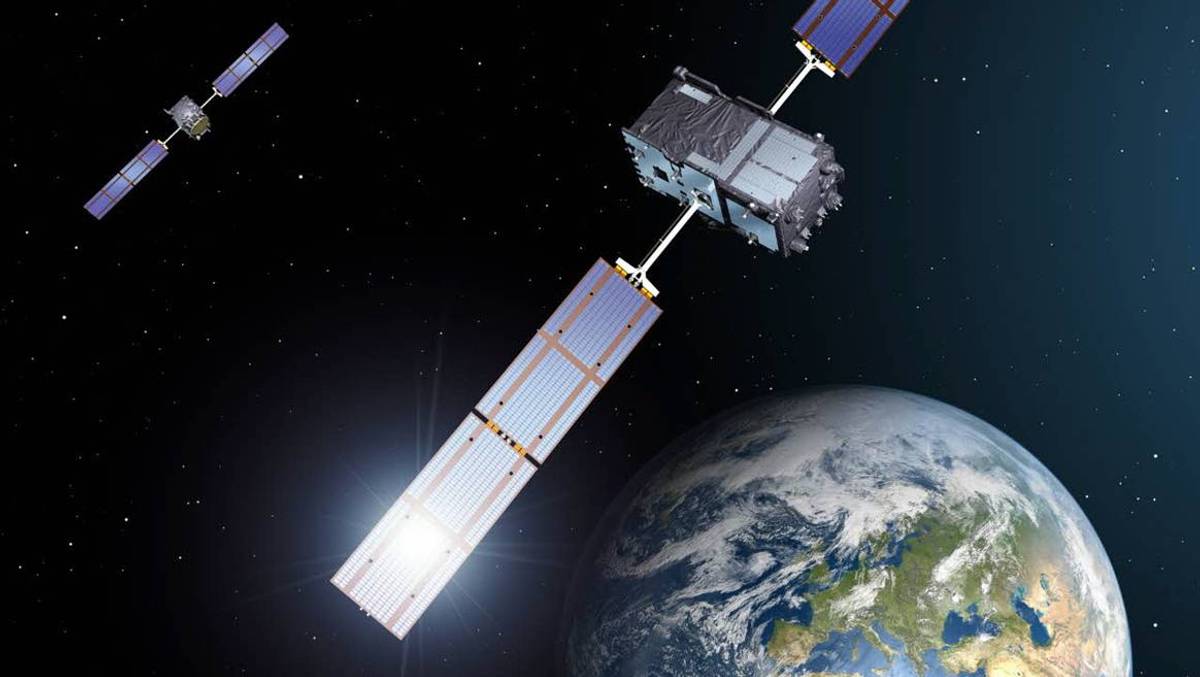Report “The climate footprint of the fiber launch” that Endrava has prepared for IKT-Norway and our members demonstrates that fiber rollouts can cause significant greenhouse gas emissions, but the use of the right technology can reduce them significantly.
Massive emission reductions
The report shows that it is new asphalt and fill materials that contribute most to the climate footprint. Trench depth requirements affect emissions by changing the volume to be excavated and backfilled, and the size of the surface that could potentially need to be repaved.
Fiber plows and microtrench are two techniques with great emission reduction potential. This is partly because intervention is smaller, and partly because there is little or no need for new fillings and paving materials.
– The report shows that we can save as much as 13 tonnes of CO2 equivalent per kilometer of fiber by switching from “traditional digging” of 60 cm depth to microtrenching. That’s more than the climate footprint we have each year combined, and the climate emissions of 10 Oslo-New York flights, says Mali Hole Skogen.
We can save as much as 13 tonnes of CO2 equivalent per kilometer of fiber
Long term plan for digital infrastructure
– The findings in the report should be included as part of a strategy for the further rollout of fiber and thus as a natural part of IKT-Norge’s initiative for a long-term plan for digital infrastructure, said IKT-Norge managing director Øyvind Husby at the launch of the report. He pointed out that the climate footprint and the impact of climate change is a very important part of planning for digital infrastructure in the future.
First in the world
The report and project initiated by IKT-Norge is – as far as we know – a world first. -We aim to facilitate the world’s greenest IT infrastructure in Norway. This report is an important help, says Mali Hole Skogen, director of technology and sustainability at IKT-Norge.
The IKT-Norge report “Climate footprint from the roll-out of fiber” shows that emissions from transport and machinery are relatively limited, and transitions to low- or zero-emission technologies (e.g. biofuels, electricity) can contribute to some, but still limited, reductions emission.
Through the use of materials, the greatest emission reductions can be achieved, through reduced use of asphalt, possible reuse of excavated materials, and by reducing the size of trenches.
Big profit
– It is important to emphasize that local conditions dictate the conditions for the type of technique and special requirements used for fiber chutes, and it is not always technically possible or desirable to choose, for example, a fiber plough or micro trench over a conventional trench. Because of this, it is important to explore possibilities in the design stage to use techniques that get the job done with the minimum possible greenhouse gas emissions. The IKT-Norge analysis shows that the opportunity space is huge. Equally are the benefits of choosing climate-friendly solutions, says Mali Hole Skogen of IKT-Norge


—
Key facts and findings from the report:
- Asphalt and new fills contribute the most to the climate footprint/emissions
- Trench depth requirements affect emissions by changing the volume to be excavated and backfilled, and the size of surface that may need to be repaved
- Fiber plowing and micro trenching are two techniques that can provide significant emission reductions compared to traditional excavation, fill and repaving
- Emissions from transportation and use of machinery are relatively limited
- The volume associated with the use of materials provides the greatest emission reductions. Reducing the use of bitumen, reuse of excavated materials, and reducing the size of the trenches excavated can have major climate benefits.
- Local conditions govern the conditions under which special techniques and requirements are used for fiber gliding.
Download and read the full report Here.

“Music maven. Evil pop culture lover. Unapologetic creator. Friend of animals everywhere.”







